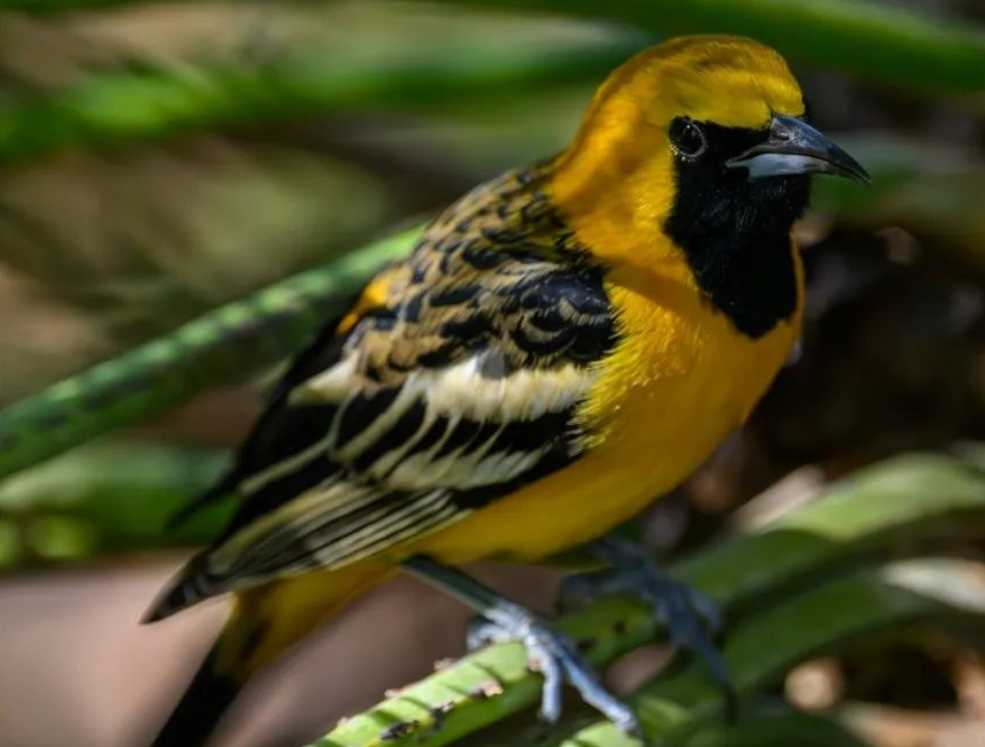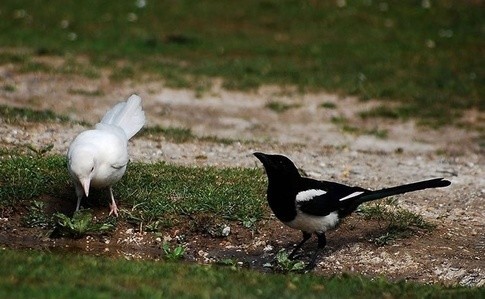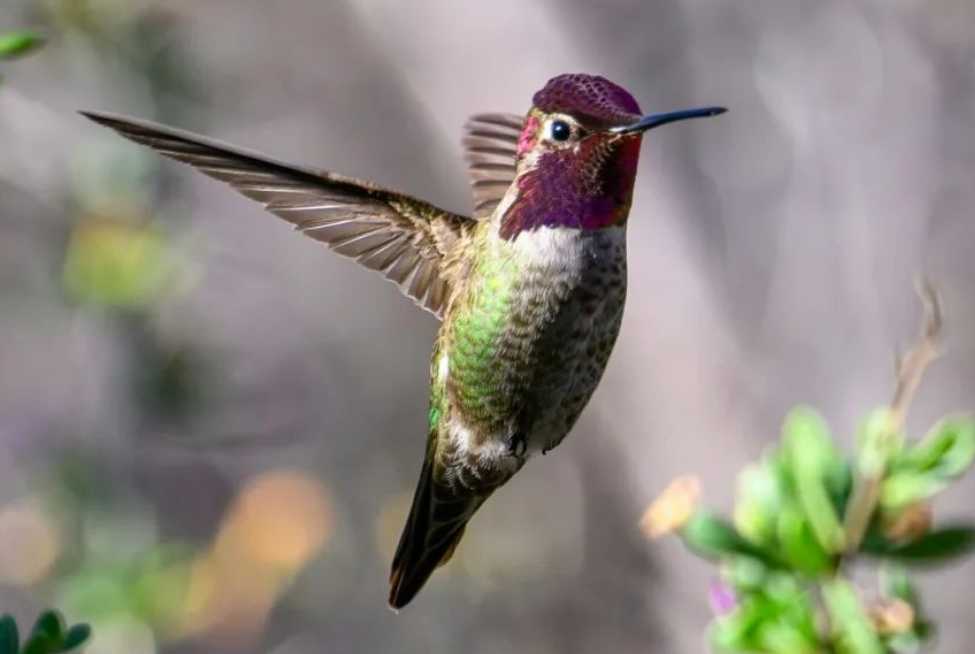Search for information
Hooded Oriole: A Vivid Ornament of the Avian RealmThe hooded oriole, Icterus cucullatus, is a small yet strikingly beautiful bird that enchants with its vibrant plumage. Males boast a brilliant orange body, contrasting sharply with a black hood that extends over their head and down their back, while females display more subdued yellow - olive tones. This colorful species is a true gem in the habitats it inhabits.
June 9, 2025, 5:01 pm EDT

Source: Images from the Internet, if there is any infringement, please contact the removal of

Zoë Kravitz Eyed for Directorial Role in Sony's "How to Save a Marriage" After Debut
Zoë Kravitz Eyed for Directorial Role in Sony's "How to Save a Marriage" After Debutmore

"Chad Powers" Premieres on September 30
Hulu has announced the premiere date for its new sports comedy series, "Chad Powers". Mark your calendars, as the show is set to debut on September 30, 2025. The first two episodes will be available right at the launch, with new episodes dropping weekly on Tuesdays.more

China: A Rising Technological Powerhouse
Since the founding of the People's Republic of China 75 years ago, the nation has made remarkable strides in science and technology. Guided by the principles that technology is the foundation of national strength and innovation is the soul of national progress, China has not only caught up with and surpassed many developed countries in traditional technological fields but also emerged as a global leader in cutting - edge and emerging sectors.more

Tank 400 Hi4-T: The Epitome of Hardcore Off-Roading
The Tank 400 Hi4-T redefines what it means to be a rugged off - road vehicle. With its striking mecha - inspired exterior, the vehicle commands attention. Sharp, horizontal lines dominate the front, giving it an unapologetically tough look. The polygonal air intakes, paired with bold headlight clusters and a robust bumper, create a chiseled facade that screams strength and readiness for adventure.more

Appreciation of foreign beauty, exotic flavor-02
Appreciation of foreign beauty, exotic flavor-02more

"28 Years Later" Unveils New Poster, with the Film Premiering in the US on June 20th
The highly - anticipated sequel to the classic zombie - horror film "28 Days Later", titled "28 Years Later", has recently released a new poster. In the movie, survivors of the viral holocaust have established new settlements far from the cities.more

The Albino Magpie: A Rare Feathered Anomaly in the Avian World
Albino magpies, though occasionally spotted in urban and rural areas worldwide, are genetic oddities that stand out starkly from their black-and-white counterparts. Caused by a recessive gene mutation that inhibits melanin production, these birds exhibit pure white plumage, pinkish legs, and striking red or pale blue eyes—a result of blood vessels reflecting through unpigmented tissues. Unlike leucistic magpies (which have partial color loss), albinos lack all pigmentation, making them a rare sight in the wild.more

The Dazzling Anna's Hummingbird: A Tiny Marvel of the Americas
The Anna's Hummingbird (Calypte anna) is a captivating avian species that has charmed nature enthusiasts across the Americas. This diminutive bird, known for its iridescent plumage and remarkable flying abilities, is a true wonder of the natural world.more

